
I Spent Three Days Exploring The Mathematical And Mystical Secrets Of This Enchanting Cathedral And Its Labyrinth
Located less than two hours away from Paris, the Chartres cathedral is a significant one as it’s incredibly well preserved, boasts an impressive number of sculptures, has quite a few riddles to offer, and is a site of both ancient and modern controversy.
I took a book by Freddy Silva that challenges what the Catholic Church is saying with me, and scrupulously dissected it to produce this gallery.
Chartres Cathedral
The main reason why the Chartres Cathedral, one of the top achievements of French Gothic, is in exceptional state of preservation unlike so many others, is because during the French Revolution, the inhabitants of the town protected it from being destroyed – it was meant to be blown up.
One of the reasons why Chartres is so famous is its labyrinth, but it is not this one
Here, a seemingly lost dog listening to advice before confidently continuing to the centre.
As you follow the path from the labyrinth to the cathedral, you encounter the intricately decorated southeast portal
This portal faces the rising sun on the December solstice – when the light at last overcomes the darkest day of the year. That symbolises resurrection
Speaking of resurrection, the central bay of this portal, featured here, features Jesus (left) holding the Book of Life, shaped differently than others around it – it follows the Golden Mean proportions, unlike for example the one on the right, held by John the Divine, whose book is in the 2:1 ratio.
The same Golden Mean proportions are followed by (some?) Stradivarius violins, a bust of the Pharaoh Menkaure, or, in fact, the very portal above the statue in this photo
These simple proportions are pleasing to the human eye – and the human ear, as chords and scales
This is the Bay of Martyrs, while the portal presents Jesus holding a palm (now damaged), recalling his triumphant entry into Jerusalem
Freddy Silva reminds us that the palm branch is also a symbol of the Egyptian god Osiris, who, like Jesus but much earlier, came down to earth to live as man, was killed by his enemies, and then resurrected.
This pillar commemorates those who died for their faith, with various gruesome methods of execution
The right bay “contains statues of saints and Ecclesiastes who exemplified the teachings of Christ”
In the transitional period at the start of the Latin translation movement and before the spread of medieval universities, Chartres Cathedral was home to an influential cathedral school
In fact, it was one of the leading European schools. The schools of that type taught the seven liberal arts: logic, grammar, rhetoric, arithmetic, geometry, music, astronomy. The Chartres school placed special emphasis on the latter four, the quadrivium, or the mathematical arts.
The leading scholar of the age, Gerbert d’Aurillac practised here
He was inspired by the educational institutions of Islamic Córdoba, and therefore accused of sorcery. Interestingly, he later became Pope Sylvester II. As the number of students in general increased, more than the town of Chartres could accommodate, the school was in the end eclipsed by the University of Paris.
Many Chartres sculptures are said to be Masonic or pagan or Middle Eastern in origin
Here, a woman receiving advice from a dragon – dragons symbolised earth energy, and the presence of the creature and a scroll supposedly means the woman had access to restricted knowledge.
One may be surprised to find zodiac signs in this cathedral, as well as in many others
“The early astronomers noticed that 12 of the constellations seemed to form a band or zodiac round the sky, and that the sunrise appeared to follow that path, rising month by month in each of the 12 constellations in turn”. The zodiac is now associated with horoscopes, but it used be employed by western astronomy. Here, the twelve zodiac signs are associated with twelve labours.
According to the book by Freddy Silva (and a blog I found), the cathedral is built on top of a hill which was used a sacred site of druids, the Celtic tribe of Carnutes who worshipped Isis
Silva claims that while most early churches were built following the East-West alignment, Chartres aligned northeast-southwest, revealing the foundation of the original temple as well as the original pagan roots of the site. What’s more, Stonehenge, Luxor, Baalbek and others follow the same alignment, he says. Then came the Romans, and with them Christianity, and subsequent churches grew on the site. According to Wikipedia though, the whole druid story is a medieval invention – but then it doesn’t provide any sources.
There have been at least five cathedrals here, each replacing an earlier building damaged by war or fire
In the 1950s, oil-fired central heating was installed, which – according to Malcolm Miller, made the interior of the cathedral darker than it was intended to be.
Freddy Silva writes that the Equinox feast day was co-opted into Easter, which comes from the Germanic virgin Ēostre
He’s not the only claiming she is an incarnation of Isis. “Rabbits don’t lay eggs!” Well, we associate them with Easter, but they’re not in the Bible. Are they simply symbols of fertility incorporated into Christianity, like many other pagan ideas? In the photo, the boy is hiding chocolate eggs on Easter morning.
What makes the large cathedral windows possible is flying buttresses
The windows reduce the wall area, and the buttresses carry the weight towards the ground. The architectural-element precursors of the flying buttress derive from Byzantine architecture and Romanesque architecture.
We’re moving to the north side of the cathedral now. This is the astronomical clock tower from the 15th century
This arch shows the story of creation
What we’re looking at here is the northwest portal – that one is only properly lit during summer, when the sun is at it’s zenith.
And here is the Ark of the Covenant – its open lid reveals the Word of God
To the right, a man carries the Word of God, surrounded by four people ascending skywards through the application of celestial knowledge. The Latin inscription reads: “Here things take their course. You are to work through the Ark”.
Outside the cathedral, is Le Cafe Serpente. In Genesis, the Serpent is portrayed as a deceptive creature, but not a deity
The New Testament Book of Revelation, however, does imply the identity of the Serpenth as Satan. In the Greek mythology, on the other hand, the Rod of Asclepius is a serpent-entwined rod wielded by the Greek god Asclepius, a deity associate with healing and medicine.
This is the representation of the liberal arts, on the main, southwest portal
What we have here is Pythagoras (music), Euclid (geometry), Cicero (rhetoric), Aristotle (dialectics), Boethius (arithmentic), Ptolemi (astronomy), and Donatus (grammar).
The inside of the cathedral disappointed me greatly, as there is extensive restoration work going on, a fairly controversial endeavour
Gone will soon be the dark Gothic vaults of the cathedral, to be replaced with bright, sterile spaces. “Most of Chartres cathedral dates from between 1194 and 1230. […] The paint with which the medieval artists originally covered the statues and the walls faded and flaked off within a few generations. Centuries of burning wax candles covered the interior with a thick layer of black soot.” The man responsible for restoration is infamous for his heavy-handed approach, and we cannot restore the original look, as we don’t know what the original looked like. But it must go on…
Now, this is the labyrinth. It is from 1205, but the brass plaque in the centre was removed and melted down during the French Revolution
The labyrinth is over 261 m long, and it offers only one path. Supposedly, it was only to symbolise pilgrimage. The labyrinth is made of bright, hard stones from the quarries of Berchères and black, smaller stones from quarries of Senlis or the region of Givet.
According to Freddy Silva, at noon during summer solstice, a ray of light issues from a plain-glass hole in the stained glass window and hits this oddly set flagstone
The window is that of St. Apollinaire who, claims Silva, is the christianised god Apollo.
There was a performance taking place at the altar when I visited
This screen around the choir stalls was only completed in the early 18th century, about two hundred years after work actually started
Freddy Silva claims this screen messes up the acoustics of the place.
The screen contains about 40 sculpted reliefs of biblical scenes, and other scenes from the life of Mary, the mother of Jesus
“The 16th century works are mainly by Jehan Soulas and François Marchand. Thomas Boudin worked on the screen in the early 17th century, and Simon Mazière provided the passion sequence works in the early 18th century. Other artists that worked on the screen were Jean Dedieu, Pierre Legros, and Jean-Baptiste Tuby.”
Like many other churches in cathedrals in Europe, this one boasted once a Black Madonna
Not any more. Just like the walls, she’s been repainted white. The argument was the same: restoring the original look. On a related note, the Polish Black Madonna of Częstochowa became… a Vodou goddess – see Ezili Dantor.
Chartres cathedral has two towers – one in the Flamboyant Gothic style, the other one, seen here, in the Romanesque style
You can climb the taller tower, which represents the Sun, according to Freddy Silva, while the other one (right) is meant to represent the Moon
Here’s the buildings you just saw from the tower
Time to visit the crypt, supposedly the site of masonic gatherings in the past
This is the Well of the Strong (Saints)
Supposedly, the bodies of various local Early-Christian martyrs (including saints Piat, Cheron, Modesta and Potentianus) were tossed down into it, but apparently there’s no evidence to support that.
The cult of the Black Madonna requires a few words of explanation
Apparently, Carl “Jung said she is Isis, whilst others consider her to be the iconic remains of prehistoric Mother Earth worship. She is linked with Cybele/Demeter, Diana/Artemis, Isis and Venus/Aphrodite.” She’s meant to be associated with Kali, and Kali is supposedly related to Baba Yaga… These things are fascinating, although rather difficult to prove. What we do know for a fact, is that loads of them have been created, usually in Catholic and Orthodox countries, and often in medieval Poland. The statue in the photo is a 19th century version of the original, 11th century statue destroyed during the French Revolution.
Ancient Egyptian deities (from Wikipedia)
This passage was completely ignored by my guide
According to Freddy Silva, that’s because its existence is uncomfortable to the Catholic authorities. That’s meant to be the dolmen. Silva claims that a 15th century architect Jon Guynard “found twelve megaliths arranged in an elliptical arc, the inner faces carved with runes and geometric shapes.” The passage was meant to be bricked up at some point, but is open now, with a wooden barrier in the way. The Church claims there is no dolmen. I got in touch with Freddy Silva and asked – what if someone went in there? What would be the irrefutable proof of the dolmen? I didn’t manage to squeeze a concrete response out of him, though. I’ll update this page, should he come back to me.
In “The Power of Myth”, Joseph Campbell claims that you can tell what a society’s focus is by looking at its tallest building
In medieval Chartres, it’s the cathedral; in eighteenth-century towns, it’s the political palace, but in most modern cities it will be skyscrapers, the centres of economic life.
392views
Share on Facebook
 Dark Mode
Dark Mode 

 No fees, cancel anytime
No fees, cancel anytime 













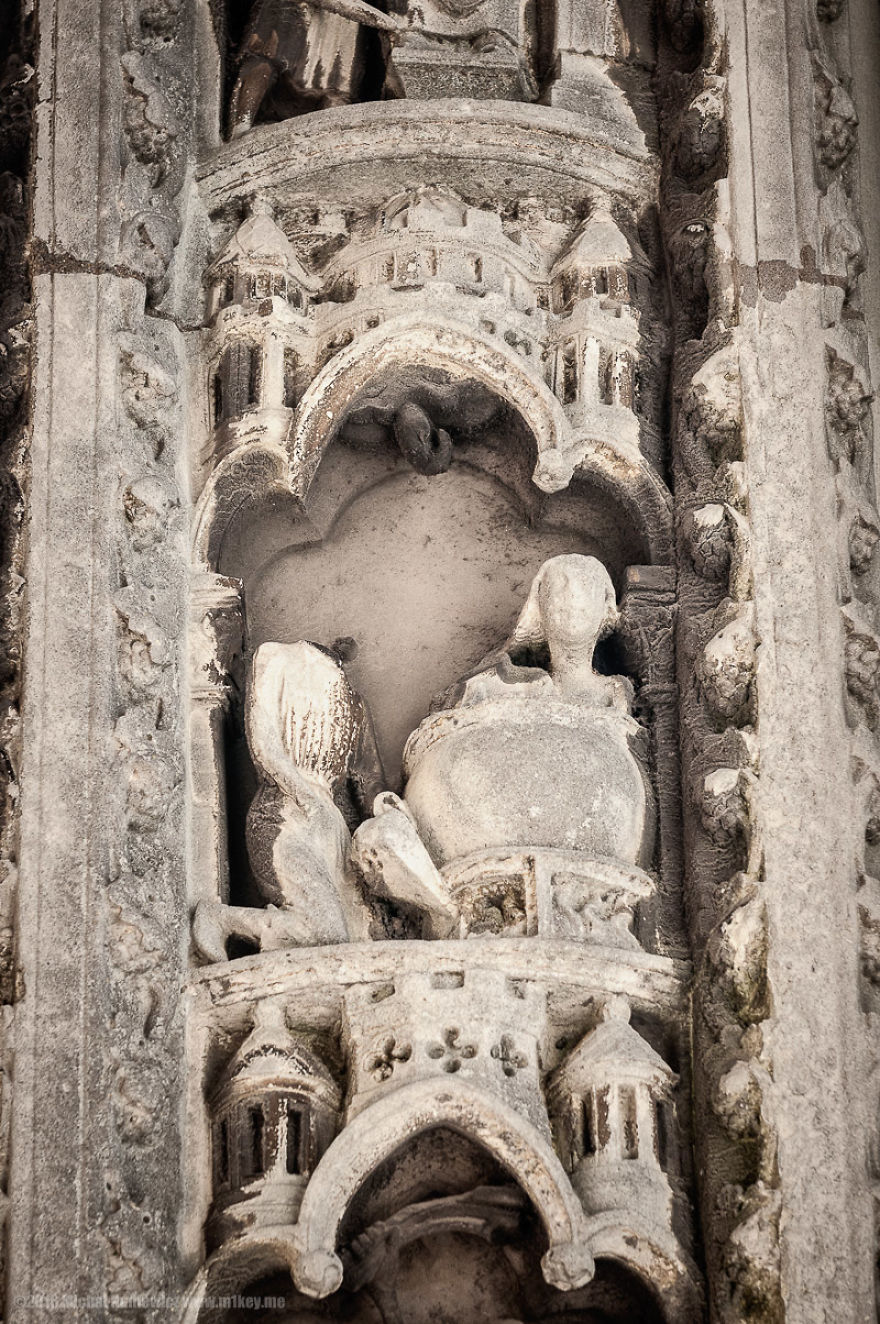










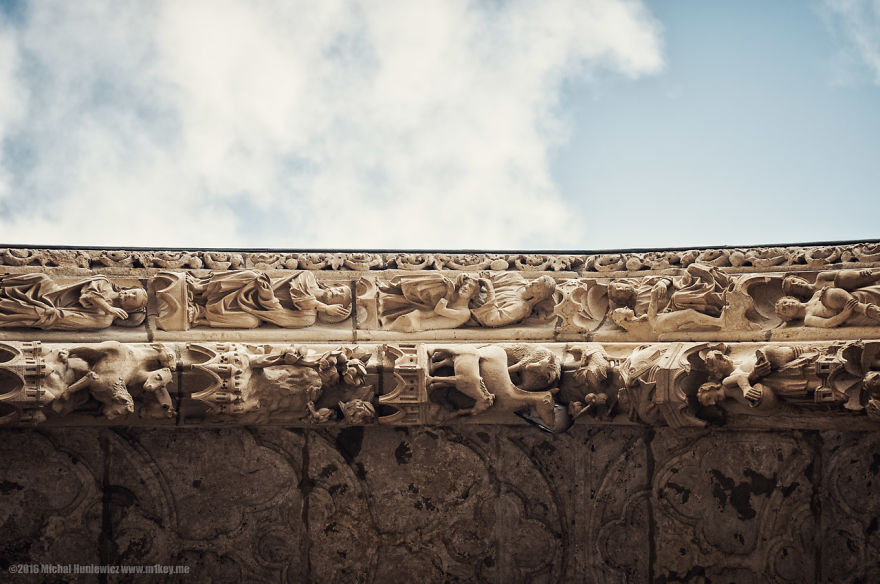

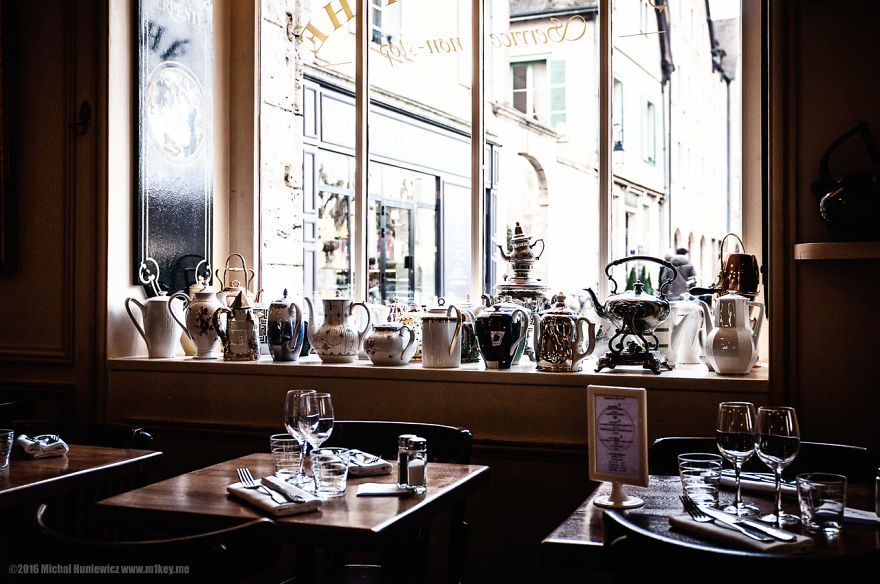












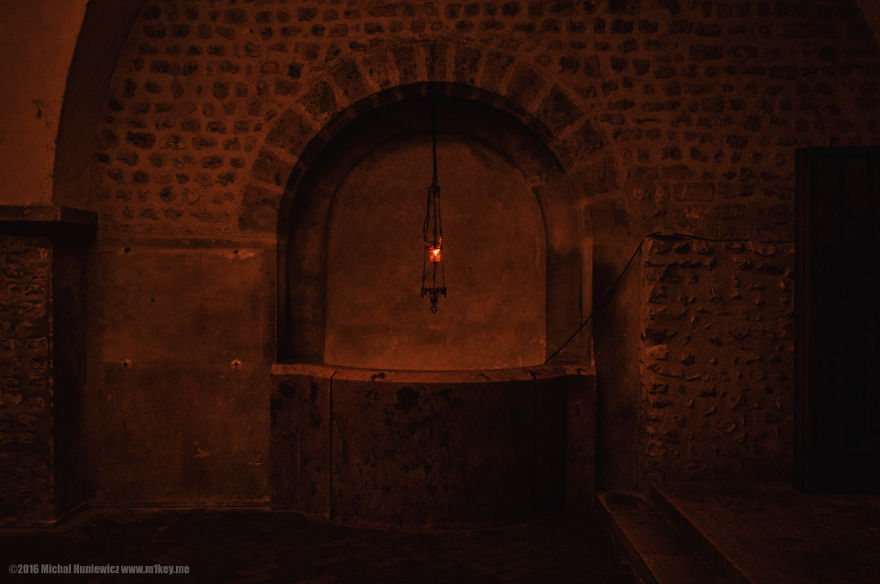

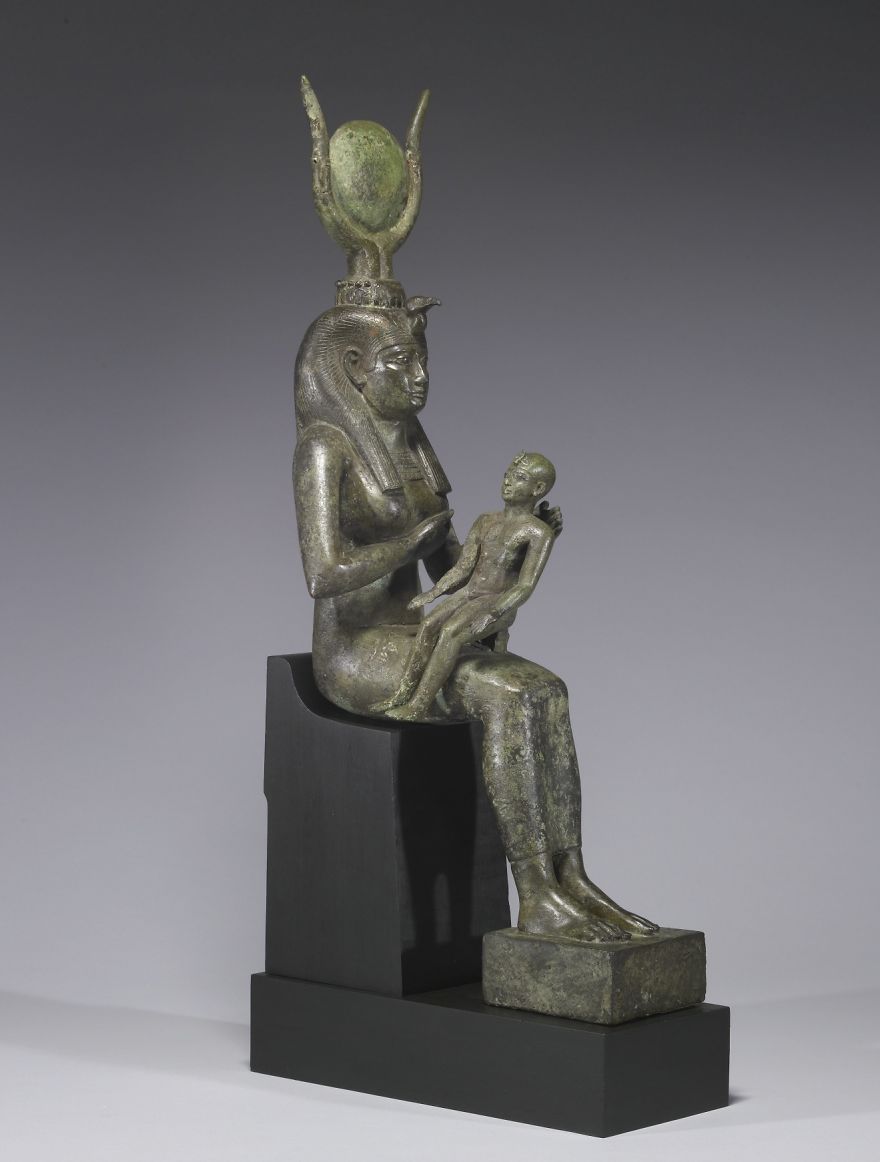













































21
1